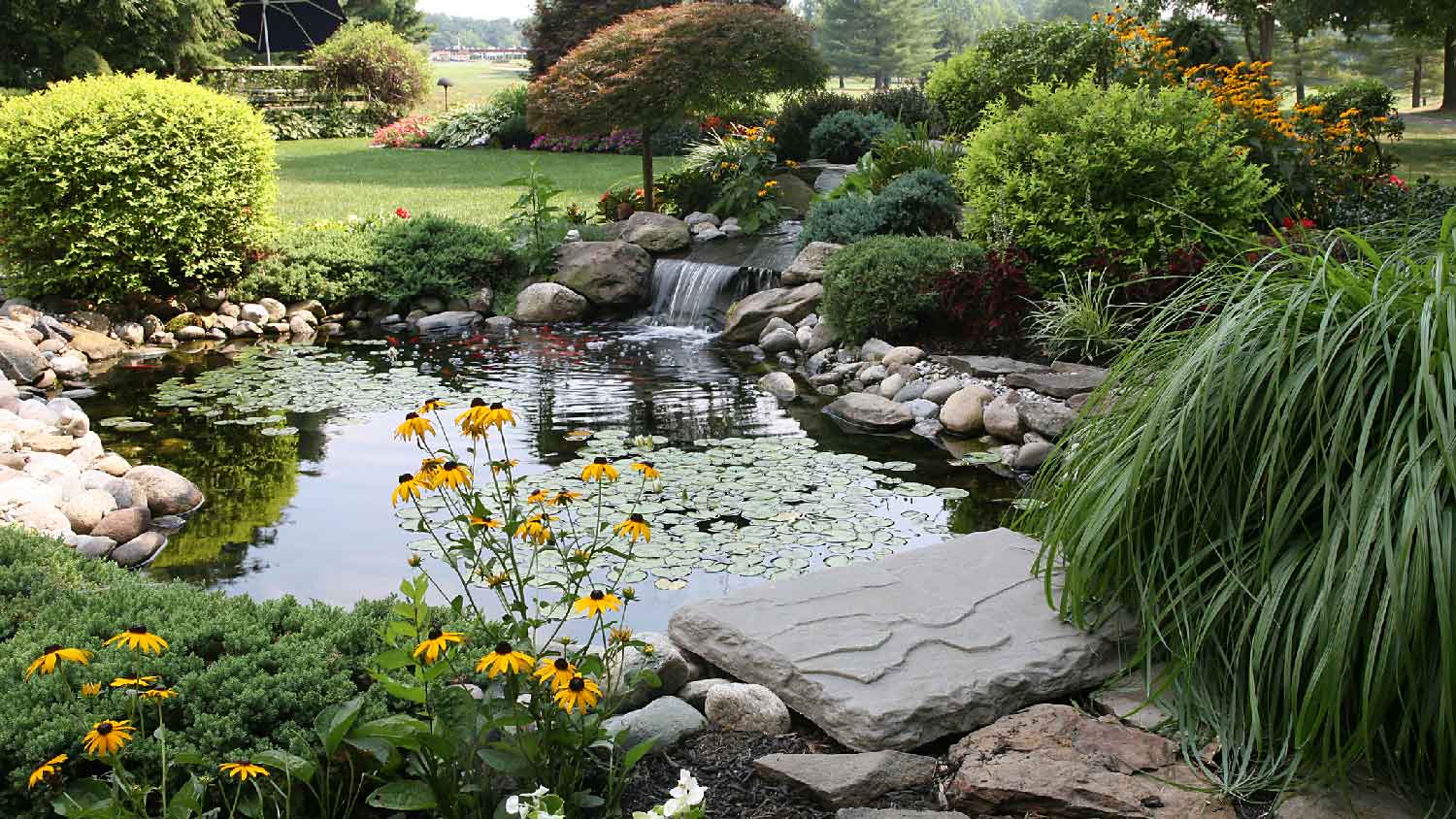
Leveling your yard can help with drainage and prevent damage to your home. Learn the cost to level a yard in San Francisco, CA, and what factors can affect the price.
Move plants safely from point A to point B


If a particularly stubborn garden plant isn’t thriving in one area of your yard, you may consider uprooting it and trying again in a different area. Whatever your reasoning for transporting your plants, without proper care, moving them can shock them, leading to untimely deaths. Follow these plant transporting steps to keep your leafy friends in good health.
A few hours or up to a day before you plant to transition a garden plant, give the plant a thorough watering to moisten the soil. This step will make it easier to move the plant into its new home. For bare-root plants, soak the root ball in a container of water for a few hours before transplanting.
It’s essential to consider the timing of your transplant before making any sudden moves. For flowering plants, move them before they begin to flower or afterward to make the process easier. Choose a cloudy day or plant during a cooler evening rather than on a hot day to avoid transplant shock.
Before you transplant the plant, dig a hole using a shovel or trowel where the new plant will go. The new hole should be about as deep as the length of the root system or root ball and about two times wider than the root ball. Water the new hole until the soil becomes the consistency of mud.
Right before you move the plant, remove it from its former spot in the yard. Don’t dig out the plant too early—leaving the roots exposed to the air can quickly dry them out. If you’re moving multiple plants, remove them one at a time for transplanting.
Before you transplant the plant, check its root ball. Carefully loosen compacted roots with your fingers. If the roots have become root-bound at the bottom of the container and fingers won’t loosen them, use the trowel to cut across the base of the root ball, about 1/8-inch deep. The plant will grow new roots into the soil when it is transplanted.

Now, it’s time to move your plant baby into its new home. Place the root ball in the moist soil, and fill in the hole with the previously dug soil. Gently pack the soil around the plant to ensure it doesn’t lean. Then, water the soil and the plant again to help the roots grow and prevent shock.
While this step isn’t necessary, covering newly transplanted plants with floating row covers can help the plant get established. Floating row covers can block out harsh winds, bright sunlight, or cold temperatures that can stress the plant out after its move. If you decide to protect your plants, cover them for about three days after transplanting them.
Give some extra TLC to transplanted plants a few weeks after their move. Water them at least once a day for about three weeks to encourage root growth. For perennials or mature plants, prune them by about one-third, which will help the plant focus its nutrients toward the roots rather than budding flowers or fruits. Once the roots are established in their new location, you can allow the plant to put more energy toward blossoming.
Transplanting plants requires care to keep the plants in good health, but it’s easy for even a beginner home gardener to handle this task. Still, if you’re trying to transplant a new tree or shrub, it can be helpful to hire a local gardening professional. Plus, a pro will be best equipped to avoid plant transplant shock. Gardeners will cost about $10 to $50 per hour.
The best time to plant transplants is usually in the spring, specifically early in the morning when temperatures are still cool. You may also want to transplant plants in the fall, depending on when you buy the plant and when it blooms. Move plants to the yard before or after they bloom, and avoid moving plants when the weather is hot.
Plant shock refers to environmental stressors on a plant, like dramatic changes in temperature or a lack of water. During transplanting, this result is especially common and can prevent the plant from properly establishing in its new spot. That’s why it’s important to thoroughly water a plant before and after transplanting, and make sure to move it when the temperature isn’t too hot.
Some plants in your yard need transplanting to new locations to rebloom, while potted plants may outgrow their containers and need more room to spread their roots. Like a growing family that needs a bigger home, some plants may outgrow their pot or spot in the garden and need more space.
From average costs to expert advice, get all the answers you need to get your job done.

Leveling your yard can help with drainage and prevent damage to your home. Learn the cost to level a yard in San Francisco, CA, and what factors can affect the price.

Ivy might look pretty, but you probably don’t want it in your garden. Learn how much it’ll cost to remove ivy by type, treatment method, and more.

What are average sod installation prices? Learn how much sod costs in San Francisco, CA, based on factors like square footage, land prep, land condition, and more.

There are several ways to remove a lilac bush, including root removal and chemical intervention. Check out our guide to learn how to remove a lilac bush.

Looking for a pet-friendly alternative to natural grass? Read on to see the pros and cons of artificial grass with dogs.

How big is your pond? Knowing how much water your pond can hold will help you choose the right treatments for it and the proper number of aquatic life.